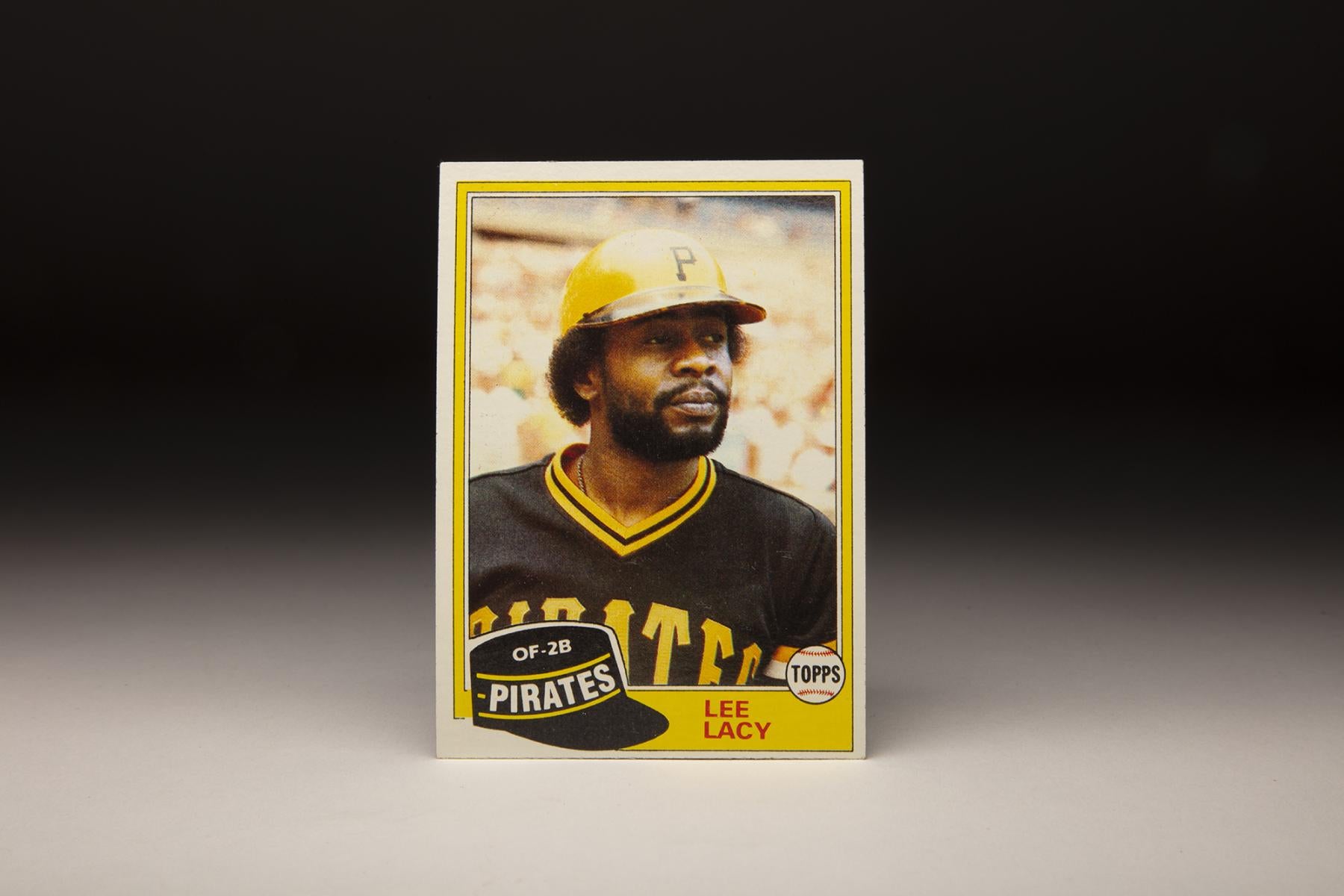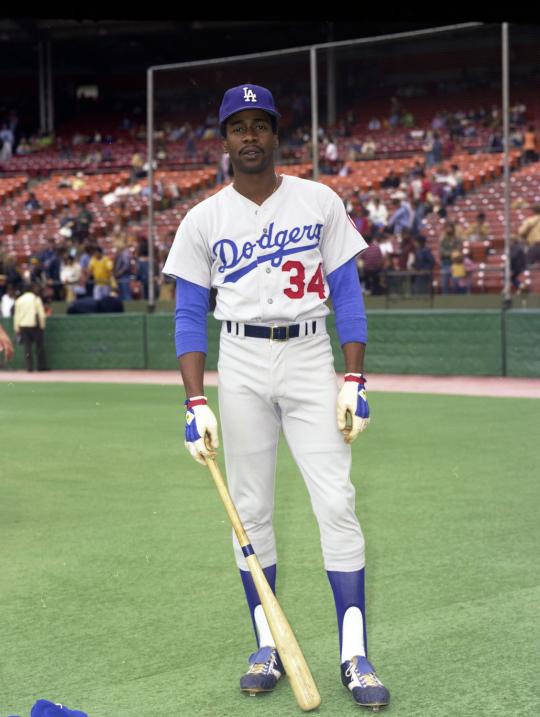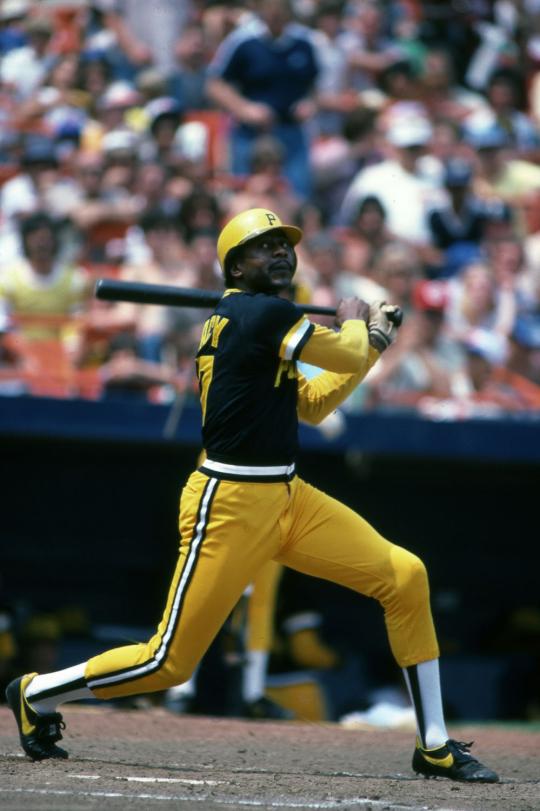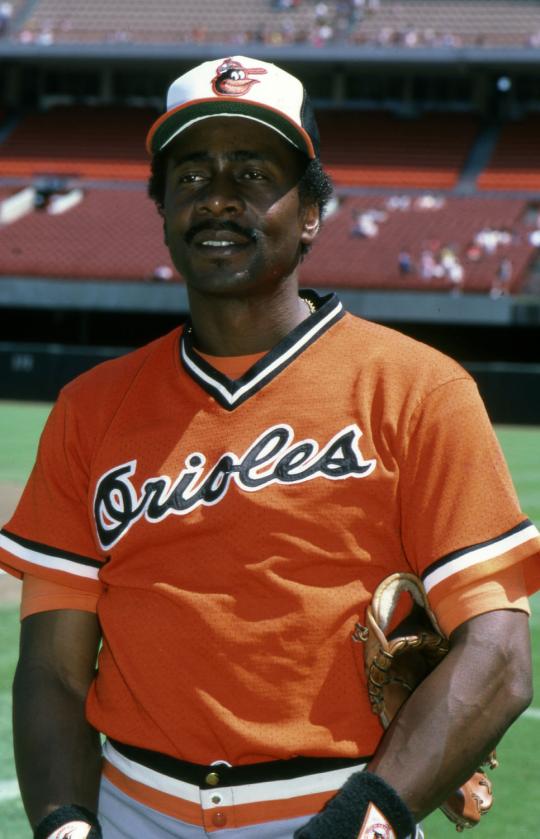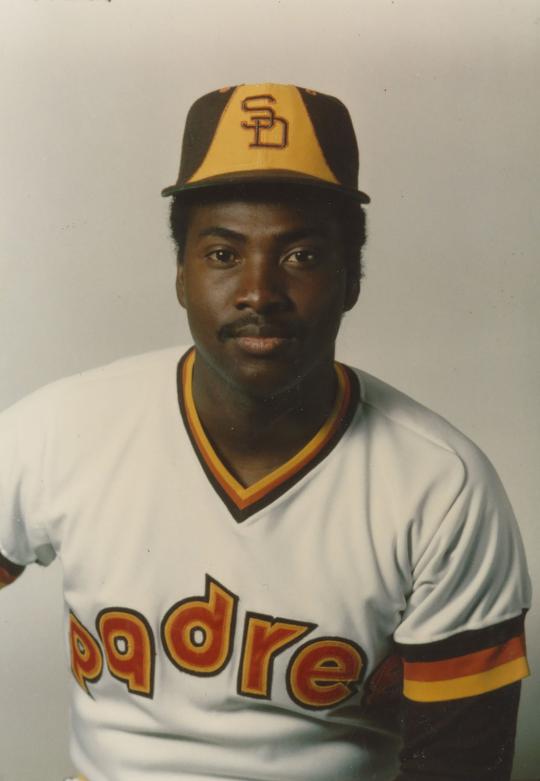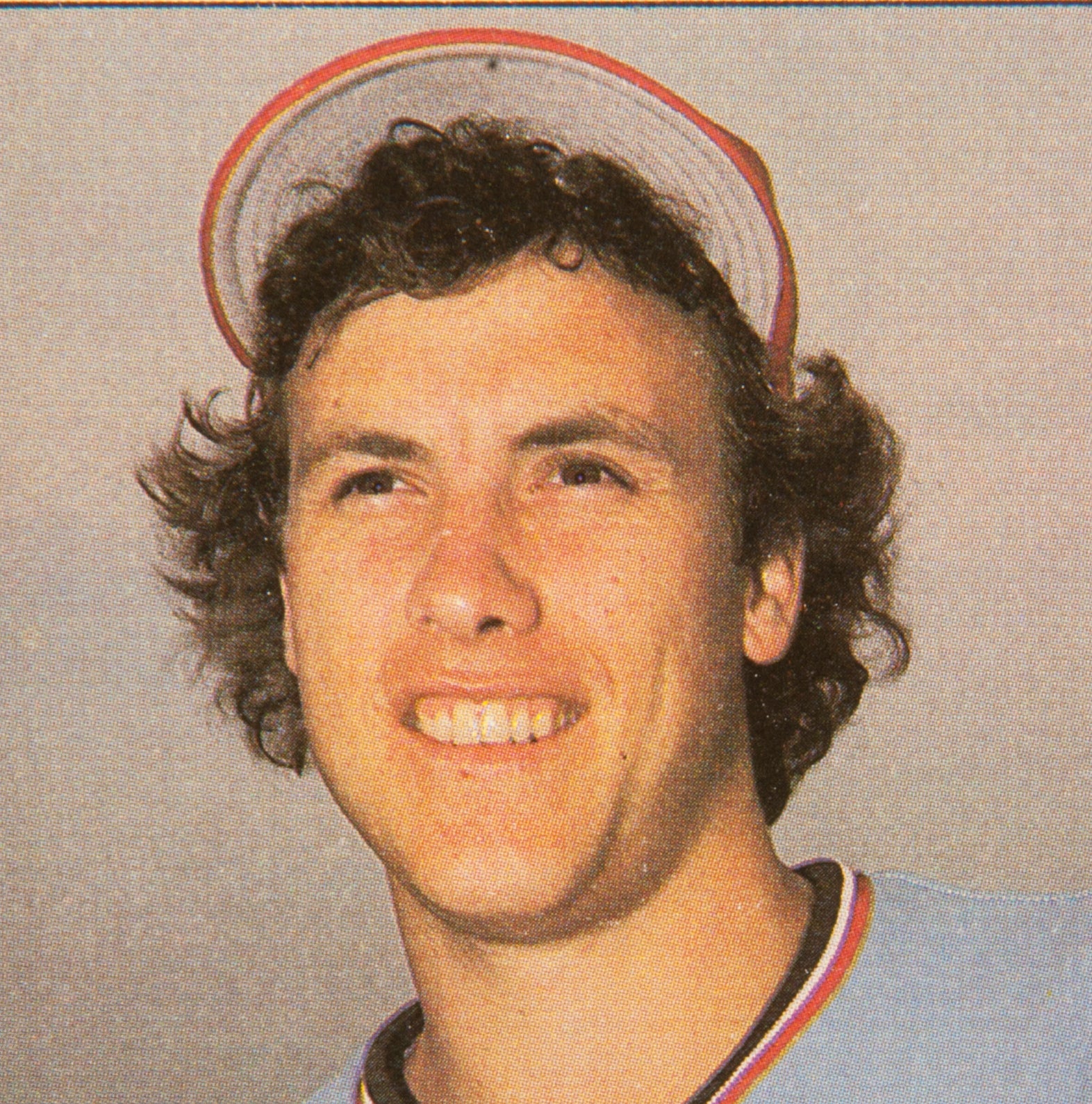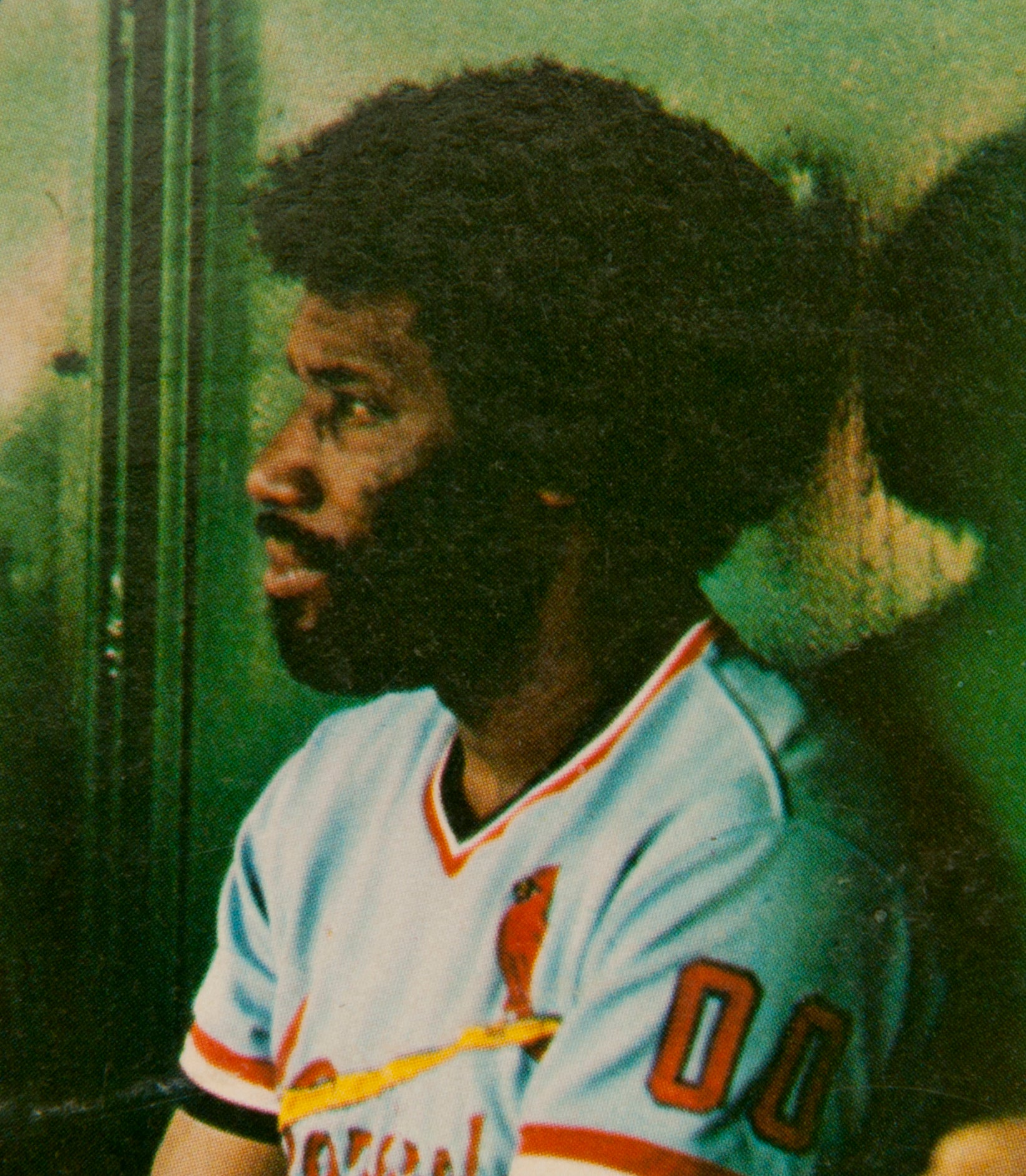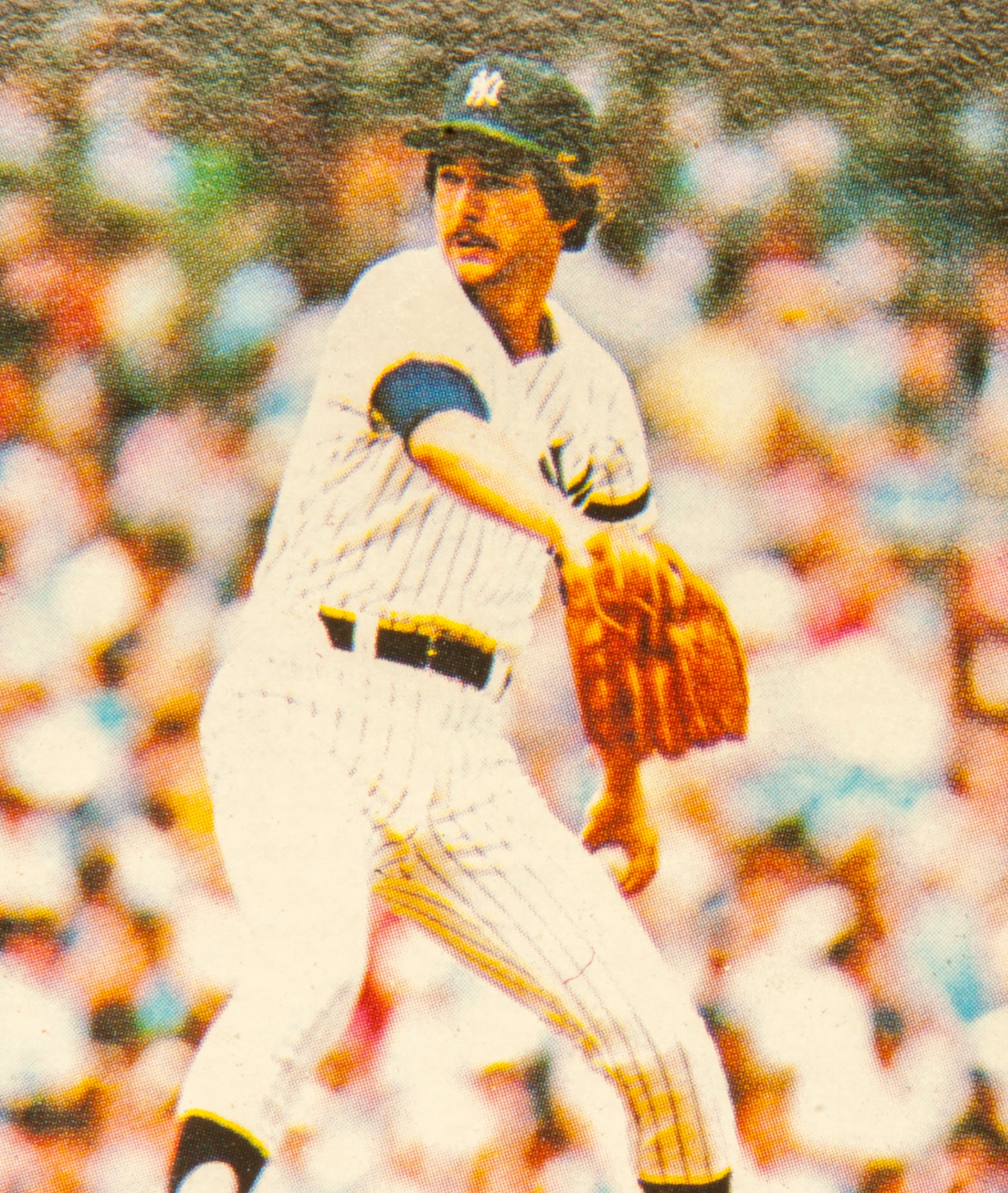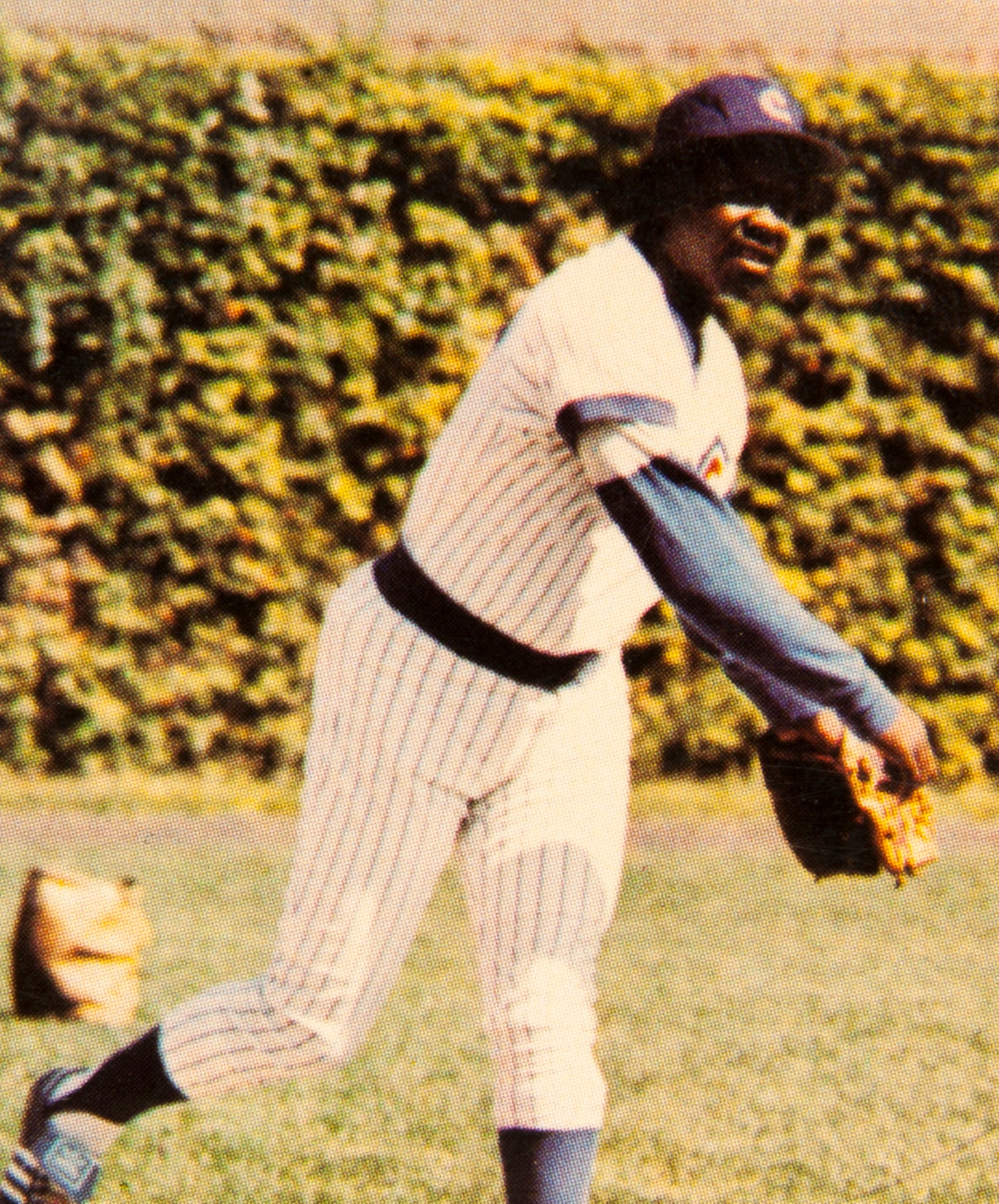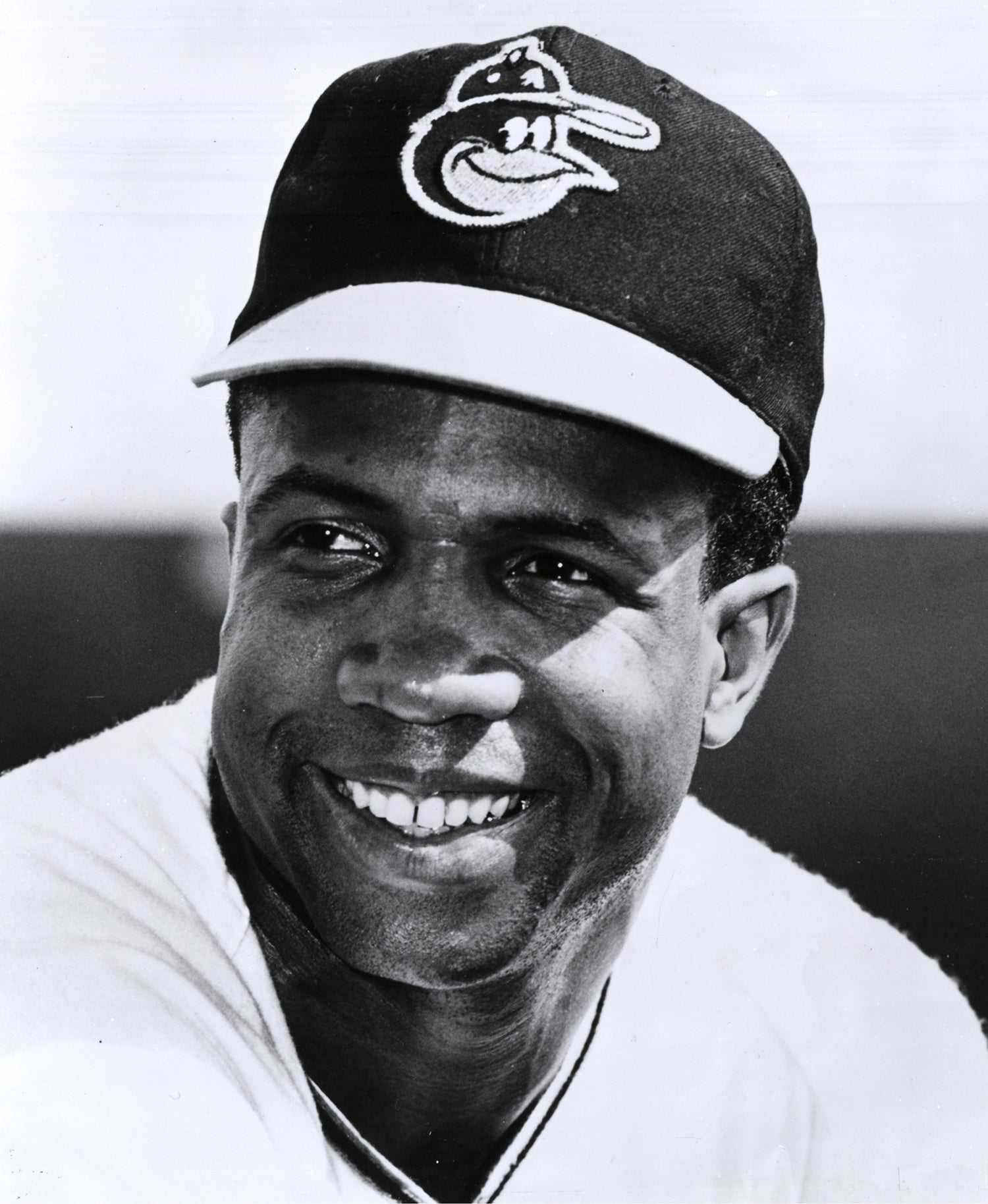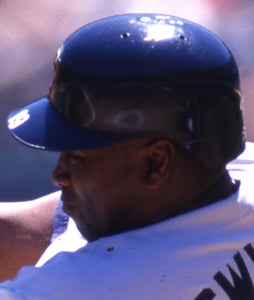- Home
- Our Stories
- #CardCorner: 1981 Topps Lee Lacy
#CardCorner: 1981 Topps Lee Lacy
Hall of Fame staffers are also baseball fans and love to share their stories. Here is a fan's perspective from Cooperstown.
For those who began their love of the National Pastime in the late 1970s and early 80s, baseball cards were our internet.
Photos, stats… all the information you needed to learn and love the game were found in those wax paper packs at the neighborhood store.
Official Hall of Fame Apparel
Proceeds from online store purchases help support our mission to preserve baseball history. Thank you!
And just like with the internet today, your baseball cards were never wrong. So it was like discovering buried treasure when you stumbled upon a unique card, like the 1981 Topps issue for Lee Lacy.
The Pittsburgh Pirates veteran, who debuted in the big leagues in 1972, is shown in the Bucs’ colorful jerseys of that era – with a black top with gold lettering to go along with a mostly gold batting helmet. But it’s the cap artwork, which featured the team name and the player’s position, at the bottom left of the card, that was so unique.
Whoever heard of an outfielder-slash-second baseman?
Lacy was one of a handful of big leaguers who Topps designated as “combo” position players of that era.
Along with classic utility men like Jamie Quirk and Ron Pruitt – not to mention several outfielder/DH types – Lacy was stuck in position limbo for almost a decade.
For a man who appeared in only two games at second base from 1980 through the end of his career, it was indeed a strange designation.
Leondaus Lacy was born April 10, 1948, in Longview, Texas, and grew up in Oakland, Calif.
A product of McClymonds High School – which also produced MLB stars like Frank Robinson, Vada Pinson and Curt Flood – Lacy was drafted by the Dodgers in 1969 and quickly showed the ability to hit professional pitching.
But Lacy did not have a natural position in the field, and he faced stiff competition from many other would-be big leaguers in a stocked Dodgers farm system.
Still, Lacy’s strong right-handed bat and better-than-average speed pushed him through the minors until he landed in the big leagues on June 30, 1972.
By then, Lacy was a second baseman.
But with top prospect Davey Lopes being groomed for the keystone position, the Dodgers turned Lacy into a utility player.
For seven seasons, Lacy served as a pinch hitter and backup, learning the outfield, helping the Dodgers win the 1974 National League pennant and even taking a detour to Atlanta, where he was traded on Nov. 17, 1975, only to be sent back to L.A. in another deal seven months later.
He was a key bench player for the Dodgers’ 1977 and ’78 NL champs before signing a six-year free agent contract with the Pirates prior to the 1979 season.
From there, Lacy became – in his 30s – one of the most dependable players in the National League.
Lacy reprised his bench role with the ’79 Pirates, and this time finished on the winning end of a World Series when the Bucs defeated the Orioles in the Fall Classic.
Then, starting in 1980, Pirates manager Chuck Tanner began working Lacy into his lineup as a platoon outfielder.
He hit .335 in 109 games in 1980 – and stole a career-best 18 bases as he learned the intricacies of base running from Pirates teammates.
From 1980-83, Lacy hit .307, averaging 28 stolen bases per season – including 40 steals in 1982 at the age of 34.
Then in 1984, Lacy had his best season in the big leagues, hitting .321 in 138 games with 152 hits, 12 homers, 70 RBI and 21 steals.
He finished second in the NL batting title race to future Hall of Famer Tony Gwynn.
His six-year contract up, Lacy signed a new multiyear deal with the Baltimore Orioles.
But soon, he was engulfed into what became known as the “Pittsburgh Drug Trials”, testifying before a grand jury investigating cocaine sales in and around baseball.
On Feb. 28, 1986, Lacy was one of several players suspended by Commissioner Peter Ueberroth for their roles in the scandal.
But the sentences were waived if the players agreed to donate salary to anti-drug programs and submit to random testing. All – including Lacy – agreed.
He played regularly for the Orioles in 1985 and 1986, averaging .290 with 142 hits a season. In 1986, he was the American League’s oldest everyday position player at 38, finishing second on the Orioles with 77 runs scored.
But after appearing in only 87 games in 1987, Lacy was released by the Orioles in Spring Training of 1988. He retired soon after, though did appear in games in the short-lived Senior Professional Baseball League in 1989 and 1990.
In 16 big league seasons, Lacy hit .286 over 1,523 games and appeared in seven Postseason series over four seasons. In 1,315 regular season games as a fielder, he played in 1,006 games in the outfield and 275 games at second base.
But for nine straight sets of Topps cards from 1977-85, Lee Lacy was equally proficient at both positions.
Craig Muder is the director of communications for the National Baseball Hall of Fame and Museum

